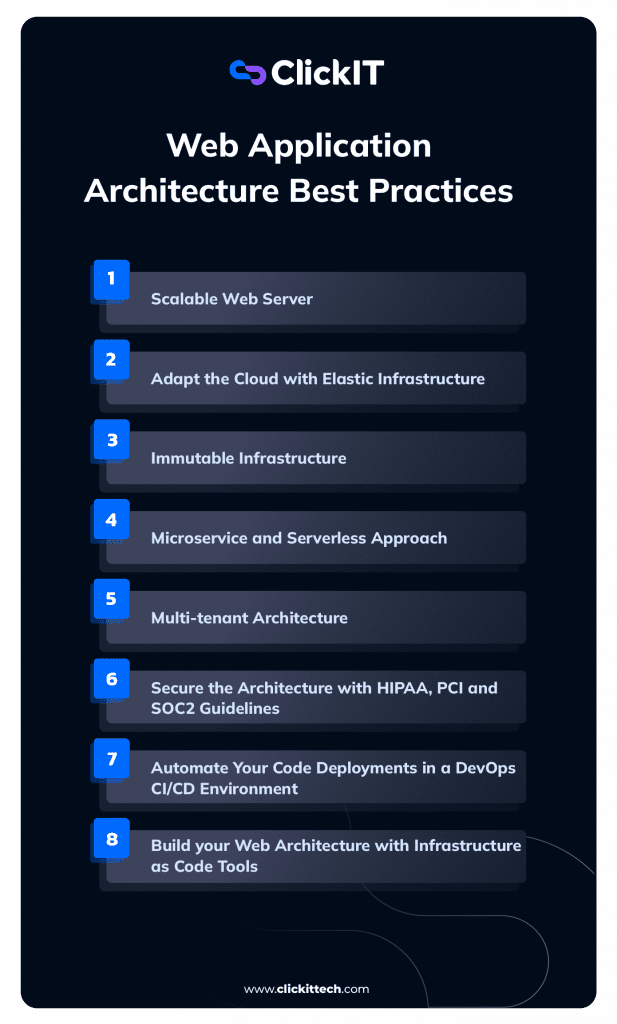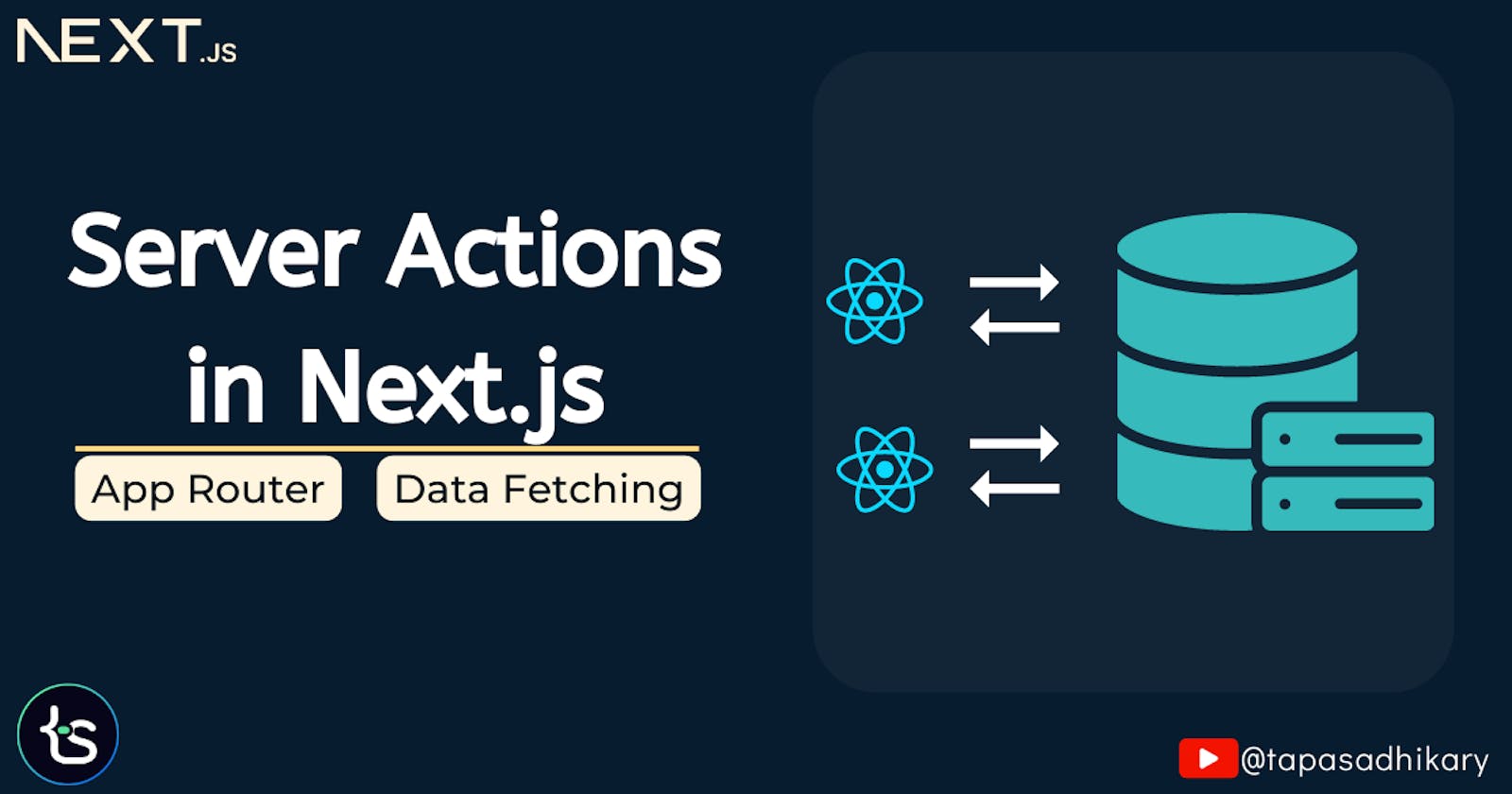Next.js 14 App Router and Server Components: Revolutionizing Frontend Development
Next.js 14 introduced the App Router and Server Components, fundamentally changing how we build frontend applications. This paradigm shift offers significant performance improvements, enhanced developer experience, and a more streamlined architecture. Let's delve into the core concepts and see how they can revolutionize your workflow.
Understanding the App Router and Server Components
The App Router replaces the Pages Router, offering a file-system-based routing system that's more intuitive and powerful. Server Components, on the other hand, execute entirely on the server, fetching data and performing computationally intensive tasks before sending only the necessary data to the client. This drastically reduces client-side JavaScript bundle size and improves initial load times. The combination of these two features allows for building highly performant and scalable applications. Key benefits include improved SEO, better data fetching, and enhanced security due to sensitive operations happening server-side.

Code Example: Fetching Data with Server Component
Let's illustrate a simple example of fetching data using a Server Component. We'll fetch a list of posts from an API and display them on the client.

Tips for Effective App Router and Server Component Usage
1. **Data Fetching Strategies:** Leverage `async/await` within Server Components for efficient data retrieval. Consider using caching mechanisms to reduce API calls. 2. **Component Structure:** Organize your components logically within the `app` directory. Think about separating concerns into separate components for better maintainability. 3. **Layout Components:** Utilize layout components to share common elements across multiple pages, improving code reusability and consistency. 4. **Error Handling:** Implement robust error handling mechanisms to gracefully manage potential issues during data fetching or other server-side operations. 5. **Client Components for Interactivity:** Remember that Server Components are primarily for data fetching and processing. Use Client Components for interactive elements that need to update dynamically on the client-side.

Conclusion
The Next.js 14 App Router and Server Components represent a significant advancement in frontend development. By embracing server-side rendering and optimized data fetching, developers can create faster, more scalable, and SEO-friendly applications. Understanding and effectively utilizing these features is crucial for building modern, high-performance web experiences.
Comments
Post a Comment